© 2024 ENECA
Why do you need BIM for your business?
Building Information Modelling (BIM) is an intelligent 3D model-based process and one of the most promising recent developments in the architecture, engineering and construction industry
Digital modelling represents creation of a digital prototype of the building. Moreover, each element contains additional information. For example, it can be the information on the material. If we take a column as one of the main elements, then it will be a separate object which already has the information on the parameters, location, material in the digital model and this set of data is practically unlimited. When this column has been built and stands on the construction site, different documents can be added to this element and the monitoring data can be input.
Digital modelling represents creation of a digital prototype of the building. Moreover, each element contains additional information. For example, it can be the information on the material. If we take a column as one of the main elements, then it will be a separate object which already has the information on the parameters, location, material in the digital model and this set of data is practically unlimited. When this column has been built and stands on the construction site, different documents can be added to this element and the monitoring data can be input.

To understand the advantages of this BIM technology, let's try to follow the evolution of design tools from drawing board to contemporary software. What used to be drawn by hand, now is done far faster and more efficiently using CAD (computer-aided design / drafting) - an automated approach of drawing and design documentation production. Once, it was a huge leap forward in the sector. But still an important problem remains: all the documents are not interrelated and each drawing is a separate document. Specialists from different departments have to coordinate their design disciplines with each other and carry out checks for mistakes. It's a laborious process and work quality significantly depends on the human factor.
The second issue BIM solves is - calculations. Let's examine making the lists, for example. A specialist spends a large amount of time to draw each single part by hand and then calculate it. In case you have to make some changes into the project, you must revise each drawing and each calculation without missing anything. There are some elements with their characteristics in BIM model already, so it will take only several minutes to make the necessary table, the main thing is to sort out the elements right. In this case, the changes are not a big problem. Therefore, one more big plus for all the process participants is fast calculations and revisions. For a qualified designer, this process is easier, and for a Client, revisions become much cheaper. These changes are predictable and anticipated. Thus, the whole process becomes more reliable.
If we talk about modelling in Revit and other similar software, then it normally concerns parametric modelling and elements are connected with each other. There is an opportunity to assign certain patterns and, if the model is built correctly, the elements may be adaptive: if we need to enhance a flight, we move a certain axis and some elements become extended, while the others become shrunk. The amount of materials and other parameters are calculated with the program itself.
Besides, BIM helps to plan the construction process. It provides opportunities for making 4D simulation, surveillance of the construction time in a real time mode, and using the model during the object operation. This is especially important for technically complex objects.
The second issue BIM solves is - calculations. Let's examine making the lists, for example. A specialist spends a large amount of time to draw each single part by hand and then calculate it. In case you have to make some changes into the project, you must revise each drawing and each calculation without missing anything. There are some elements with their characteristics in BIM model already, so it will take only several minutes to make the necessary table, the main thing is to sort out the elements right. In this case, the changes are not a big problem. Therefore, one more big plus for all the process participants is fast calculations and revisions. For a qualified designer, this process is easier, and for a Client, revisions become much cheaper. These changes are predictable and anticipated. Thus, the whole process becomes more reliable.
If we talk about modelling in Revit and other similar software, then it normally concerns parametric modelling and elements are connected with each other. There is an opportunity to assign certain patterns and, if the model is built correctly, the elements may be adaptive: if we need to enhance a flight, we move a certain axis and some elements become extended, while the others become shrunk. The amount of materials and other parameters are calculated with the program itself.
Besides, BIM helps to plan the construction process. It provides opportunities for making 4D simulation, surveillance of the construction time in a real time mode, and using the model during the object operation. This is especially important for technically complex objects.
BIM helps to make the processes more reliable and safe. All this spares the Client's money and designer's time.
In summary, main advantages of using BIM are:
1. More efficient cooperatioon
2. Opportunity to research options and scenarios
3. Parametric control of model objects
4. Automatic check for collisions of structures
5. End result visualisation
6. Adoption of design solutions at early design stages
7. BIM doesn't make design process more expensive
8. BIM optimises control of objects and assets
As regards our experience, we have embedded BIM process in our design workflow and we can already see the advantages it has brought to us.
1. More efficient cooperatioon
2. Opportunity to research options and scenarios
3. Parametric control of model objects
4. Automatic check for collisions of structures
5. End result visualisation
6. Adoption of design solutions at early design stages
7. BIM doesn't make design process more expensive
8. BIM optimises control of objects and assets
As regards our experience, we have embedded BIM process in our design workflow and we can already see the advantages it has brought to us.





